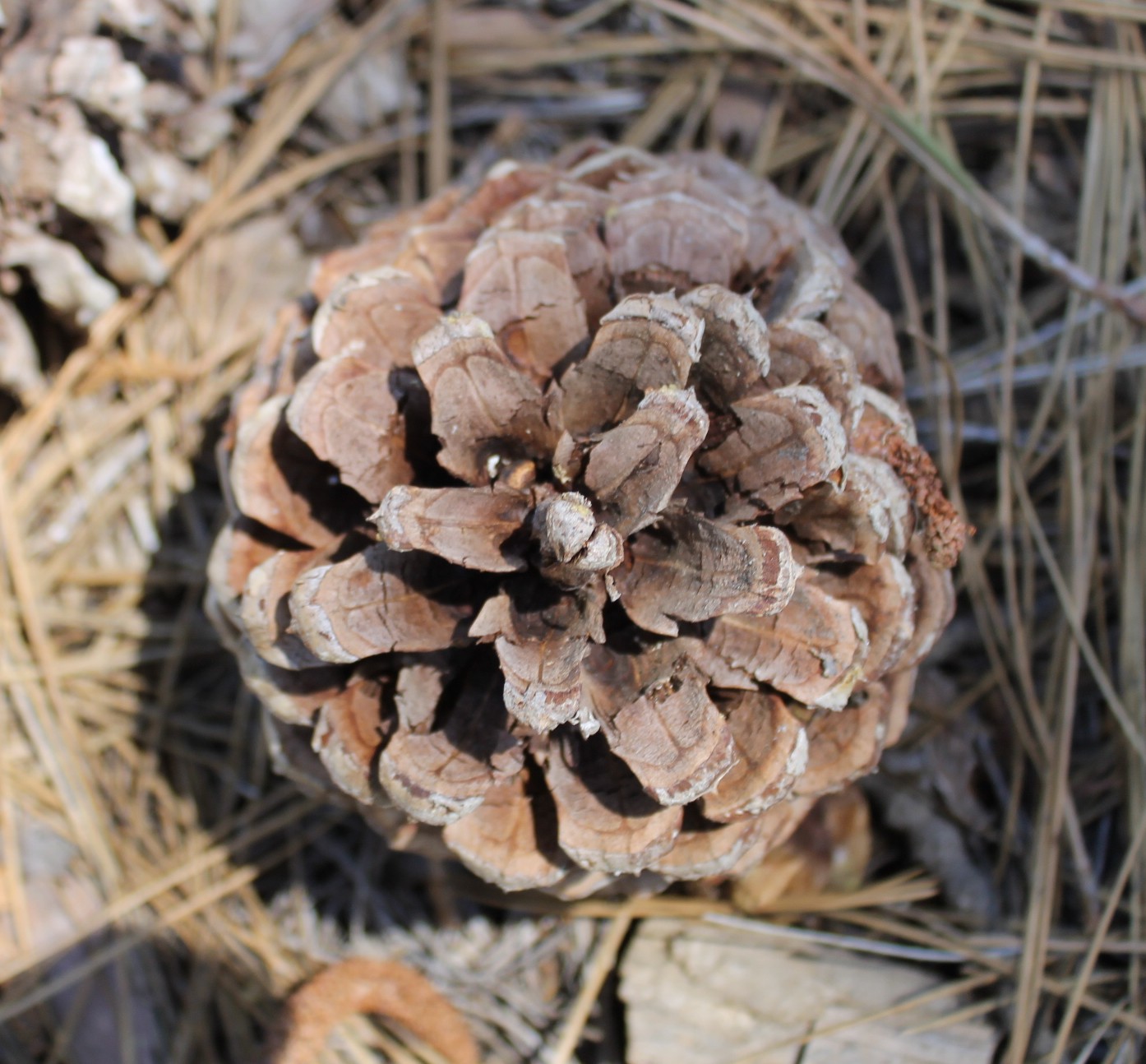
Our Upagurus
Here’s the basis of what I hope to convey to you today. Life is rarely cut and dried. Questions abound. Sometimes it feels like the answers are elusive, and yet I believe if we pay attention, we will often find the guidance we need in the ordinary things of life.
The Gospel of Thomas (5:1) states somewhat cryptically, “Know what is in front of your face, and what is hidden from you will be disclosed to you.”
In Gnostic contexts, knowing or gnosis is not just intellectual knowledge but a deeper, intuitive understanding of spiritual truths. The Gospel of Thomas is saying when you truly know deeply, spiritually, intuitively what is in front of you – whether it be a person or a thing – then the hidden spiritual messages will be revealed.
Mark Nepo, in Seven Thousand Ways to Listen, writes, “But the deeper truths always take time to reach us, and it is our job to enter a practice of waiting openly… The truths that matter require us not to form opinions or beliefs hastily.”
Consider Matthew 6:26-30 in which Jesus uses three common, everyday things and specifically tells people to learn from them. He wants them to move beyond what they see to what they can know and learn. These are more than birds, wildflowers and grass. Look deeper and learn from them.
All of these things were upagurus. In Hindu, an upaguru is the teacher next to you at any given moment. This does not necessarily have to be a person. It can be anything. Messages, guidance, answers come from an intuitive interpretation of the events and meetings we have on a daily basis, if we will but pay attention and seek the deeper truths that speak to our souls. The problem is that we are apt to typically take things and people at face value, but then we may miss the nourishment and guidance we need.
Sometimes we meet a stranger just for a moment, but the stranger in that moment exhibits such grace, that the stranger is one of our teachers for life. It is by being open and spacious that we are able to recognize those who have that one important teaching for us. When we are closed off, we can miss both teachers and teachings.
When we were in Costa Rica earlier this year, my wife, Julie, was just coming off of about 8 weeks of doing nothing to heal her piriformis muscle. We’d had a pretty good week, she’d been walking fairly well, but we’d been careful not to push it. The one somewhat disappointing thing about the resort was that, while it was on the west coast, we were tucked into a bay and couldn’t see the sunset. One of our last nights there, the resort offered a guided walk up the hillside to view the sunset from the top. It was a steep climb, but Julie wanted to try. Going up was a bit rough, but she made it. Going down, however, was another story. We were all slipping and sliding a bit, and just one good slip would have set her back in her healing. Without being asked, two strong younger gentleman flanked her on the way down, giving her a hand when needed and making sure to catch her if she slipped. They didn’t worry about going slow, and they were encouraging and gracious. These complete strangers were, in the very moment, teachers of patience, kindness and we’re-in-this-together.
As I’ve said, upagurus don’t have to be people, they can be just about anything.
Joyce Rupp tells a story of being in a one-room cabin on a lake, and plunking herself in a chair before the window, prepared to sit in silence for her morning meditation. It took a little while, but soon her upaguru revealed itself to her. There, outside her window, not far away was a young, healthy birch tree. But midway down the trunk, there dangled a completely dead branch. She said, “The longer I sat and gazed at the birch tree, the clearer the teaching became: ‘Live with the brokenness and keep on thriving. Let the deadness of the past and the ineptness of the present remain if it must, but turn to what holds the possibility of constructive growth. Choose to focus on what matters.’”
So, here’s a little bit more difficult aspect of the upagurus. Even those that trouble us, maybe even especially those that trouble us, are also our teachers if we remain open to hearing the lessons. Inevitably, we will meet someone who will push our buttons. Perhaps the person demonstrates too strongly some behavior or trait we don’t like in ourselves. When we get to the root of why it pushed our buttons, what a great teaching that can be!
In moments of frustration, impatience, or even pain, we are invited to look again: Is there a hidden teaching beneath this discomfort? What reflection is being offered, and how might it serve our growth? The upaguru is, in this light, not only a giver of wisdom but sometimes a mirror—one that, with honesty and humility, reveals what in us is still asking to be healed or integrated.
The art, then, is to approach each encounter not as a random occurrence, but as a whisper from the universe—a subtle nudge pointing us back toward ourselves and our unfolding. This means cultivating a willingness to listen beneath the noise of our habitual judgments, to pause long enough to recognize that the next revelation or gentle nudge toward awakening might arrive clothed in the most ordinary of circumstances and objects, or in the most challenging of relationships.
The path of seeing the upaguru everywhere is not always easy, but it is endlessly rich. It asks that we become both students and stewards of our own transformation, welcoming teachers in disguise with open arms and a receptive heart.
Love & Light!
Kaye



